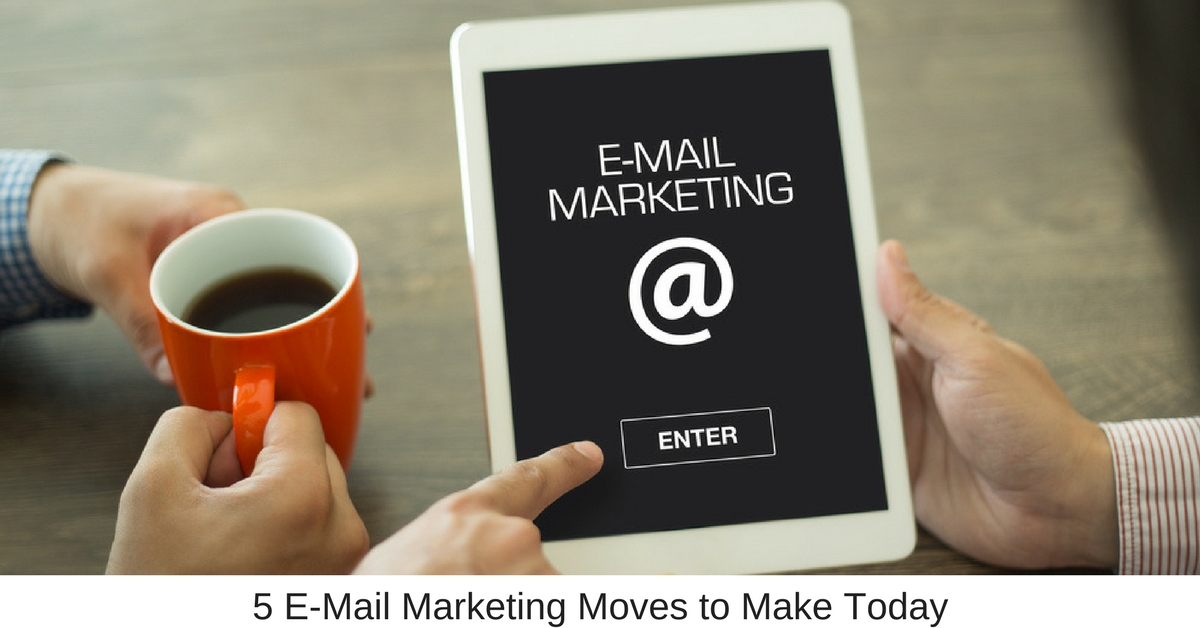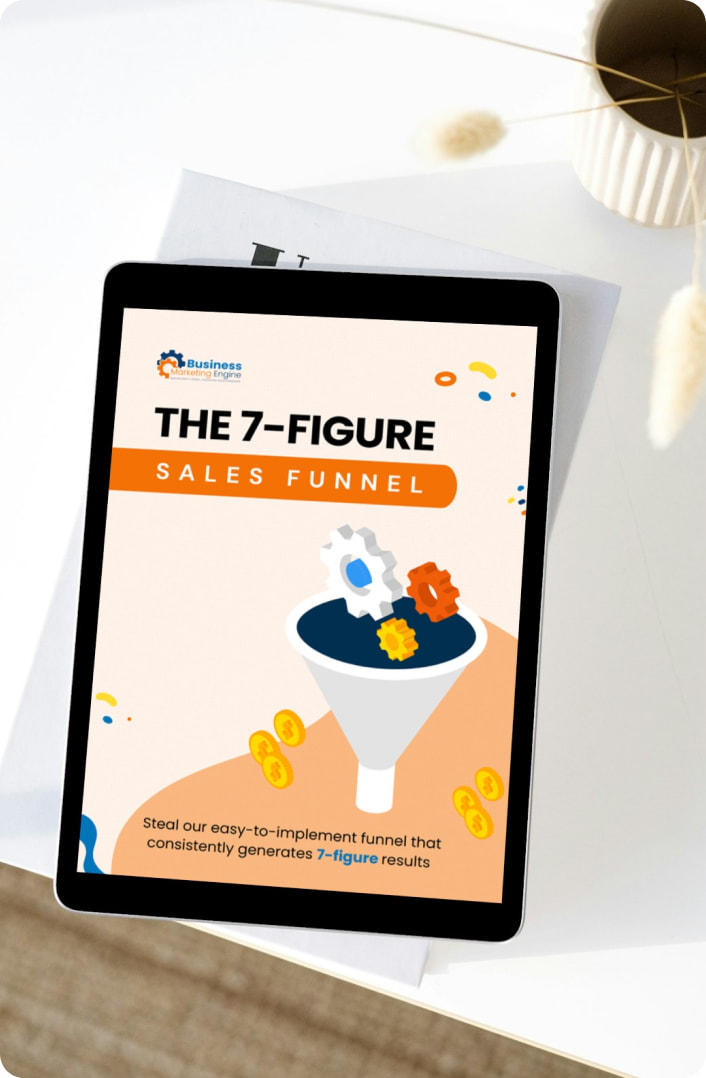Even though e-mail marketing is one of the longest-standing members of the content marketing family, it remains one of the most valuable because of the ability it gives marketers and business leaders to reach new customers while maintaining a relationship with current customers. From newsletters and videos to infographics and sales, e-mail marketing opens the door of possibilities for growth for any organization, from for-profit powerhouses to small businesses and non-profits.
Starting an e-mail marketing program doesn’t have to be complicated, either. No matter where you find your abilities or interests, making a move today can help you create long-term, lasting value for you and your subscribers.
Secure the Best E-mail Marketing Software for Your Organization
Sure, you could try to build an attractive, enticing e-mail in Outlook. If you have patience and experience coding, it might work out well for you — it didn’t work out well for me when I tried ten years ago! Don’t get me wrong, it’s still a relevant e-mail option for office use, but has been surpassed by a variety of different e-mail automation software platforms that make it easy to not only build an e-mail campaign, but also maintain and manage your subscriber list.
Outlook’s challenges start from the fact that it wasn’t designed for bulk e-mails, so built-in reporting and monitoring features aren’t included. Should you try, you risk being labeled as spam, which means your e-mails, and even your entire domain, could be blacklisted. As a result, no one will be able to send emails. You might overload the server, which could cause problems for others trying to send e-mails. It also wasn’t made for e-mail design, so creating graphically appealing, interactive content becomes a bit messy.
With so many user-friendly, responsive e-mail marketing platforms on the marketing, with some offering free plans, you might find it easier to leave Outlook behind. Constant Contact and MailChimp are two of the more widely recognized platforms; they, along with eight others, were included in PC Magazine’s review of 2016’s best e-mail marketing software. Pricing may be one of the factors that influences your final choice, but there are a few other things you’ll want to keep in mind as you choose e-mail marketing software.
- How many subscribers do you plan to reach? Platforms often have different pricing structures that increase in cost as you increase the number of subscribers.
- How will you be using the software? You might find that you prefer different reporting software if you’ll be sending a monthly newsletter than if you plan to send a coordinated lead nurturing or promotional campaign.
- Will you be designing your own e-mails, or will you work with a designer? E-mail marketing software, for the most part, offers drag-and-drop functionality that makes it easy for someone without HTML, coding, or design experience to put together an attractive, engaging e-mail.
- Would you like the ability to build in marketing automation? If so, you may want to work with a marketing firm to build a scalable,usable marketing engine that includes the ability to help you find, engage, and nurture leads across a variety of platforms while still pulling in an email marketing component.
Start Building Your List
The most important part of a successful e-mail marketing program is to build your list. Whether you’re just starting out with your e-mail marketing, or you have a platform in place that you’re looking to use more this year, the key to reaching people through your e-mails is having the right people on your subscriber list. There are several bad ways to gain subscribers, like buying or renting e-mail lists, which can get you in trouble with the e-mail recipients and, should they mark you as spam, with a reputable e-mail provider. Many times, the company selling or renting the list will be the one to send the e-mail on your behalf, so you’ll never know who is actually receiving the e-mail, you will more than likely have low delivery rates, and you risk damaging your brand’s reputation.
Should you purchase a list that gives you access to the e-mail addresses, you won’t be able to send the e-mails from your carefully chosen marketing platform, anyway. They require addresses that have been acquired through an opt-in procedure, which gives your company, along with the others using the same IP address, peace of mind. An opt-in procedure brings extra validation to your list that the subscribers have been legitimately added to the list. After a person signs up to join your e-mail subscriber list, they’ll typically receive an automated e-mail asking them to confirm their subscription. Once they click yes, they are added to your subscriber list. This keeps people from being mistakenly or maliciously added to your list, lowers the odds of your e-mails being reported as spam and your company being blacklisted, and increases the odds of engagement and interaction with the recipient, since it’s someone who truly wants to read your content.
How can you find people who truly want to read your content, when there are more than 2.6 billion email users worldwide? Employ some of the industry’s best practices.
- Since they want to read your content, give them valuable content. Look for topics that are relevant, engaging, and add value to your readers’ lives. Try this three-day plan to create better content, which includes conducting a content audit, creating a new content plan, and incorporating platforms to share that content. Current subscribers are more likely to share quality content, whether that’s an informative monthly newsletter or an enticing one-time offer.
- Consider using gated materials, like reports, checklists, templates, webinars, and e-books. When it’s gated, people who want to read or download the information will have to sign up using their e-mail address. These are people who have taken the extra step to access your content and will give you high-quality addresses.
- Ask your subscribers to share, regularly clean up your list by sending out opt-in campaigns, and encourage your co-workers and employees to include their sign-up link in their own e-mail signatures.
Schedule Your Emails
Just a month ago, your inbox was probably being bombarded with sales offers in anticipation of gift-giving. While you may have appreciated the offers from some of your favorite stores, I know that the onslaught of e-mails from stores I don’t frequent became clutter in my inbox. When you ask someone to sign up for your subscriber list, let them know what they can expect. If you promise a monthly newsletter and event promotion e-mails only, your subscribers will experience the same level of frustration if you send them two e-mails every day.
When you create your content or editorial calendar, add in the e-mails you’ll be sending. Do you want to automatically send your blog posts once they’re written? What about sales and special offers? Including these e-mails helps you to create a coordinated effort that will have a bigger impact on your followers and subscribers. This will help you develop content around a larger theme.
E-mail platforms give you the option to schedule your emails. Most providers have noted that their customers have a better open rate for newsletters and informative emails when the emails are sent early in the week, with Tuesday creating the highest open rate for emails that don’t encourage any kind of action or response
If you want your subscribers to open and read your message, though, send your e-mails at the end of the week, after noon. They are typically getting fewer e-mails and have more time to dedicate to your content. For a response, send your e-mail in the morning, between 6 and 8 a.m., or very late, between 8 p.m. and midnight.
You might consider drip marketing, a tool that you can use through marketing automation. These e-mails are sent out on a schedule, either set around a specific date or based on an action taken by the user. In traditional e-mail marketing, a new subscriber will see the e-mails sent from the day they signed up moving forward, but will miss any e-mails that were sent prior to that. A drip campaign might include a welcome e-mail to someone who signs up, another e-mail the next day, and another three days later. If a person signs up for your gated content, they’ll receive an e-mail for the resource, and then you might consider scheduling an e-mail two, and then seven days later.
If someone opens the content and then opens the follow-up e-mail, you will find someone more likely to be open to getting to know your brand. If they sign up for a piece of content and don’t open the e-mail, you might send them a follow-up e-mail. If that e-mail goes unread, too, you can move the address to a separate list or remove the subscriber altogether.
Segment Your List
Moving this subscriber to another list is a part of segmentation, or breaking your primary list down into different categories. The objective is to make sure that your subscribers receive e-mail marketing content that is relevant and valuable. Not everyone will be interested in everything you have to say, and that’s completely fine. For example, a family with only daughters might not find value in their favorite store’s line of clothing for boys. However, they would be very likely to open and act on an e-mail with a sale on clothing for girls.
Your e-mail provider will have tools that allow you break down your overall list based on the data that you know about your subscribers. The data collection portion of e-mail marketing has swung the pendulum, from requiring extensive information to only requiring an e-mail address, to tailoring sign-up forms with the data that is a better predictor of future data. This static data is important, but so is behavioral data that lets them incorporate targeted e-mails that include personalization or content based upon a subscriber’s searching history.
Study Your Trends
The benefit of using an e-mail service provider is that you’ll receive up-to-date information and statistics on the performance of your list in each e-mail. Basic information includes the percentage of people who opened the e-mail, the state or country where they were when they opened the e-mail, action that was taken as a result of the information, shares and forwards of the e-mail, and links that were clicked. You’ll start to see the content trends that your subscribers most appreciate and can craft future content to meet those needs.
Once you’ve set a goal for your campaign, determine which key performance indicators are the most valuable for measuring your success in achieving that goal. You might want to calculate the click through rate, of people clicking your links, the conversion rate, or people who took a specific action as a result of opening the e-mail, or the bounce rate, or the number e-mails that couldn’t be delivered, by dividing the number of clicks, action completions, or bounces by the number of e-mails and multiplying by 100. Each of these tells you something about your list and the subscribers.
E-mail remains one of the best ways to reach current audience members while attracting new prospects. Experts note that, on average, companies can expect between $38 and $44 from each $1 invested in e-mail marketing. To see that, though, companies need to have patience and creativity. Sending out one or two newsletters won’t generate a tremendous return, but persistence, studying your list, and working to give your subscribers the content and offers that are most enticing will.
If you take a look at your e-mail marketing program, where on this list do you find yourself? Share in the comments what move you will make today to launch or enhance your e-mail marketing. If you have any questions, contact Business Marketing Engine. A team of experts will put their experience to use to help you implement your e-mail marketing campaigns, from looking at your current plan to improve upon what you’re doing or helping to give you quality content that attracts and engages subscribers.









